Service Design (SERVD) is the application of range of established and new design tools that are used to identify change candidates as we define and optimise capabilities, processes, policies, systems, touchpoints, people’s roles and the operations that deliver innovative services.
Applying the Stage Model to define CX and Platform Capability using service and systems thinking to identify change candidates in the value chain.
Service Design
In the UK, there has been a massive shift in economic power from manufacturing to services in the past five decades. In 1948, British industry (including manufacturing, oil & gas extraction, and utilities) accounted for 41% of the British economy but by 2013, it was just 14%. At the same time the service sector’s share of the economy has risen from 46% to 79%. (Source: The Guardian ).
Compare the UK’s GDP from services to Europe’s where it is 72%, China has 45%, the USA 71% and worldwide it is 65%. (Source: The Economist)
A Triptych of Design Thinking
Service Thinking places people, networks and experiences at the core of how service designers innovate with business stakeholders and technology groups to create new and engaging services. Service design is a process of design that is customer-centric and systems orientated that is distinct from user experience design and interaction design but part of a triptych for designing in the experience economy.
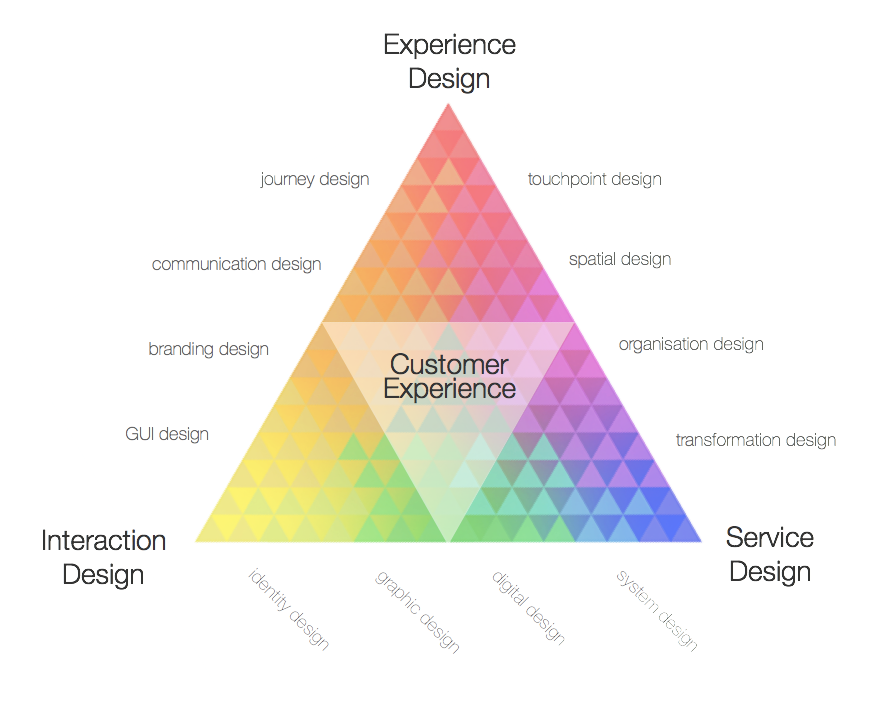
As Service Design is a relatively new discipline in design, it is misunderstood and underused by many of companies while services are often poorly planned, badly designed and inefficiently implemented. There is a huge gap between customers and users experience of using services and the organisations that deliver and offer services.
80% of companies think they offer a superior service, yet only 8% of their customers agree. (Design Council)
Service design is growing rapidly in popularity and is increasingly recognised as an enabler of system and transformational change.

I was an early adopter of service design, having recognised in the early 1990s that advanced digital product’s functionality and support systems were both embedded and increasingly distributed and connected through the Internet. Increasingly clients needed innovation that meant taking a holistic approach that was concerned with touchpoints (products and apps), environments (retail or civic), systems (networked computing technology) and the organisation (people and culture). Service Thinking emerged in parallel with design thinking as a way to identify and solve problems systemically.
Where to use Service Design
According to the Design Council (UK), Service Design adds significant value when applied in the one or more of the following circumstances:
1. Service design as a methodology with tools to deliver optimised offerings and experiences.
2. Service design as a people-centred process to address specific operational and organisational needs.
3. Service design as a collaborative process that requires a co-design and people focused approach.
4. Service design as a methodology optimise complex systems and interconnected ecologies to create disruptive innovation.
Service Design Tools
As a service designer there are a range of tools that I can utilise, here are a few and for a more detailed list visit the ‘Tools’ section under ‘Services’ in peterfossick.co
An actors map is a diagram representing the relationship of people and stakeholder called ‘actors’ in a service ecology. It provides a systemic view of a service. The diagram is built by identifying the actors, touchpoints and high level view of the service. The diagram is built from a specific actor or and will then feature other actors and touchpoints that are connected to and influence the actor.
BLUEPRINT (SERVICE)
The service blueprint is a tool that describes the operational nature and the characteristics of the system, the actors, context, touchpoints and the interaction model that support and form the service. It is based on flows through the system and uses a standardised graphical technique that displays the process functions above and below the line of visibility from the customers viewpoint, where all the touchpoints and the back-stage processes are documented and aligned to the user experience.
EXPERIENCE PROTOTYPING
This tool involves creating objects or ‘props’ and acting out the interaction model (see above) to explore the way a proposed service concept will work. This approach is also referred to as ‘evidencing’ or ‘body storming’, where the use of models and objects representing touchpoints are to enable designers to take ideas and interact together to assess their usefulness. This process is highly iterative and use ‘rough & ready prototyping’ techniques.
For a more detailed list visit the ‘Tools’ section under ‘Services’ in peterfossick.co

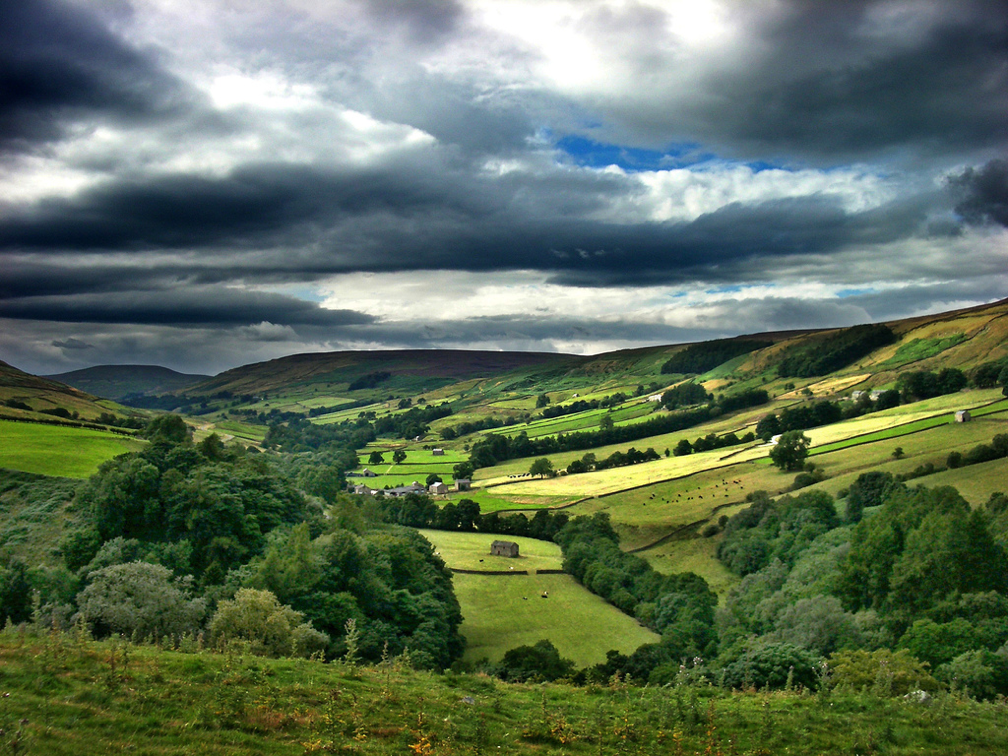
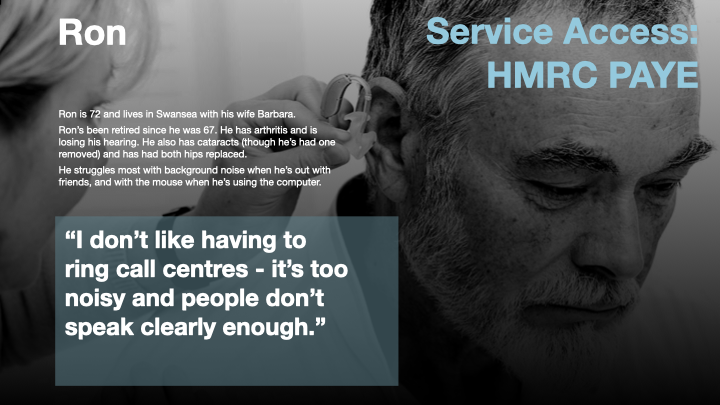
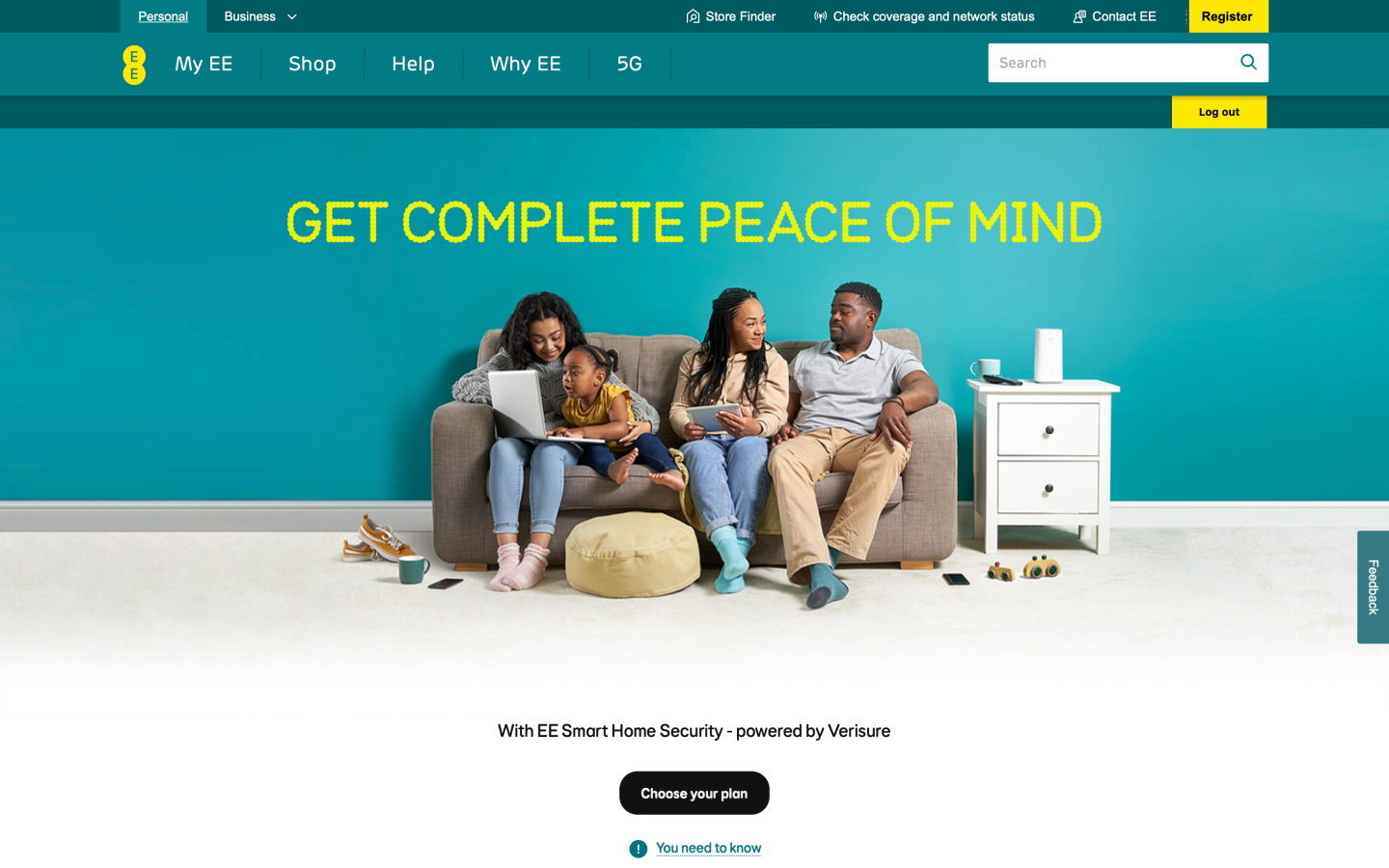
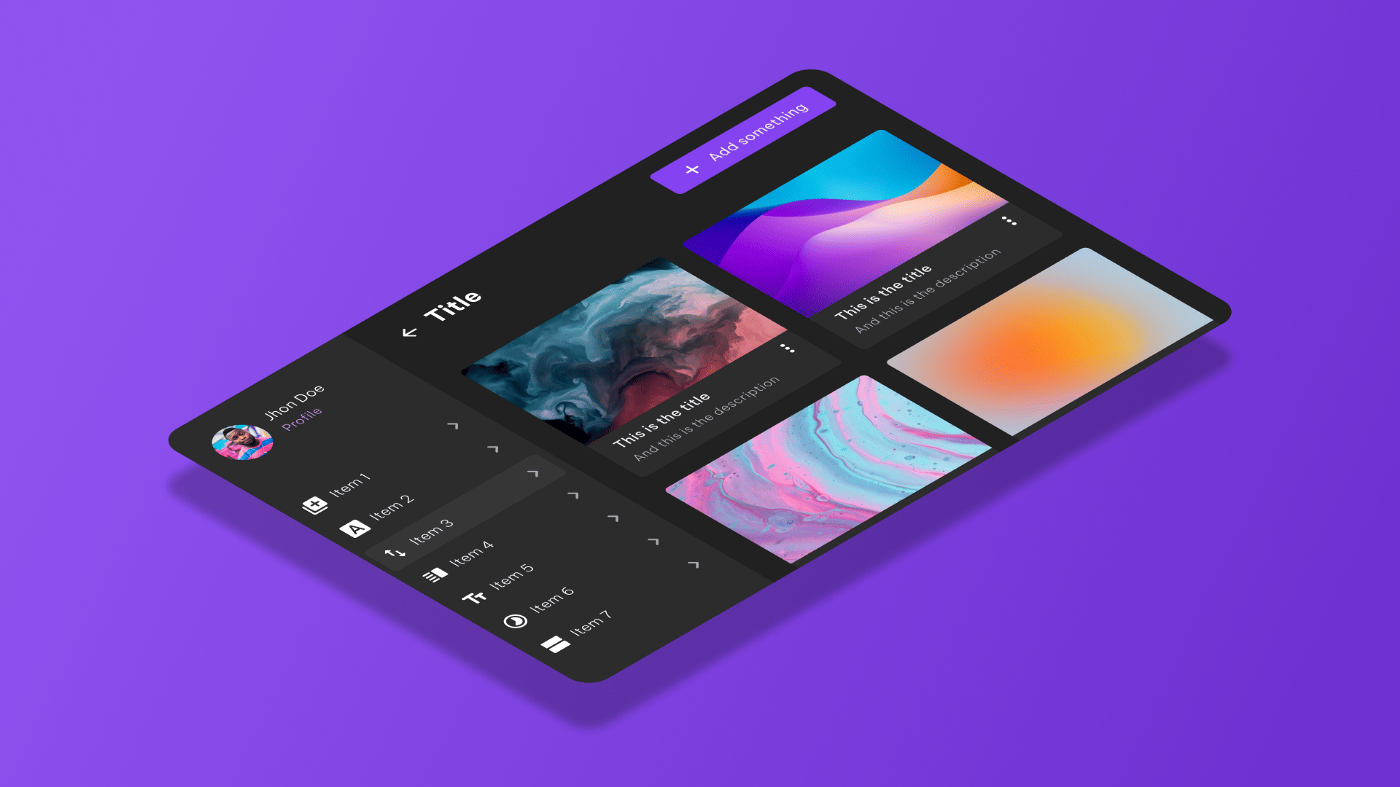

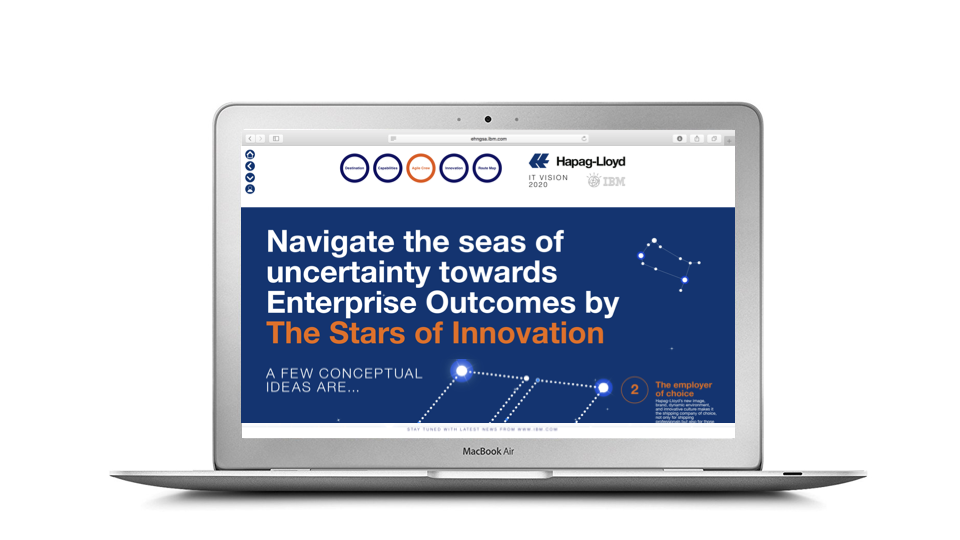


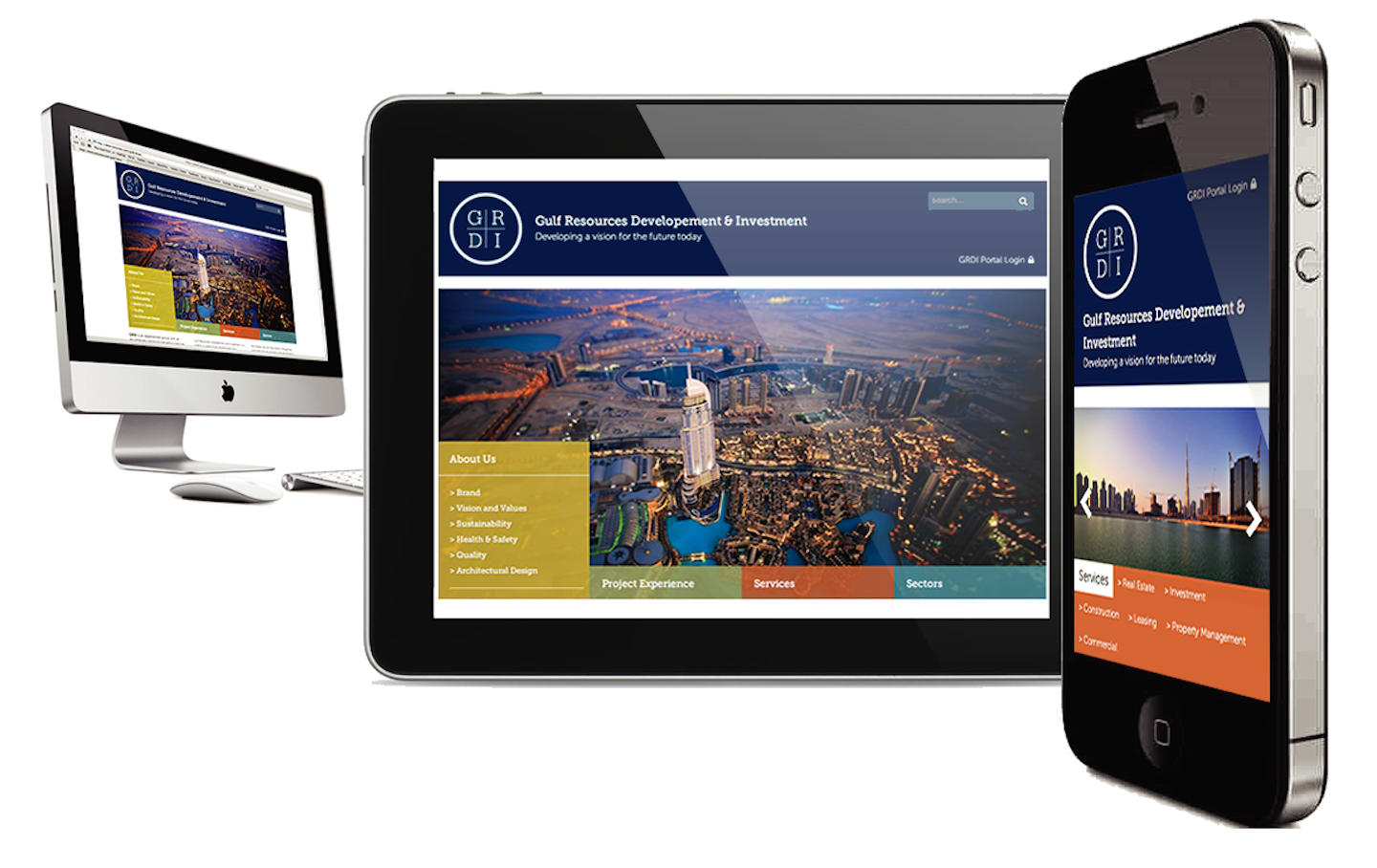

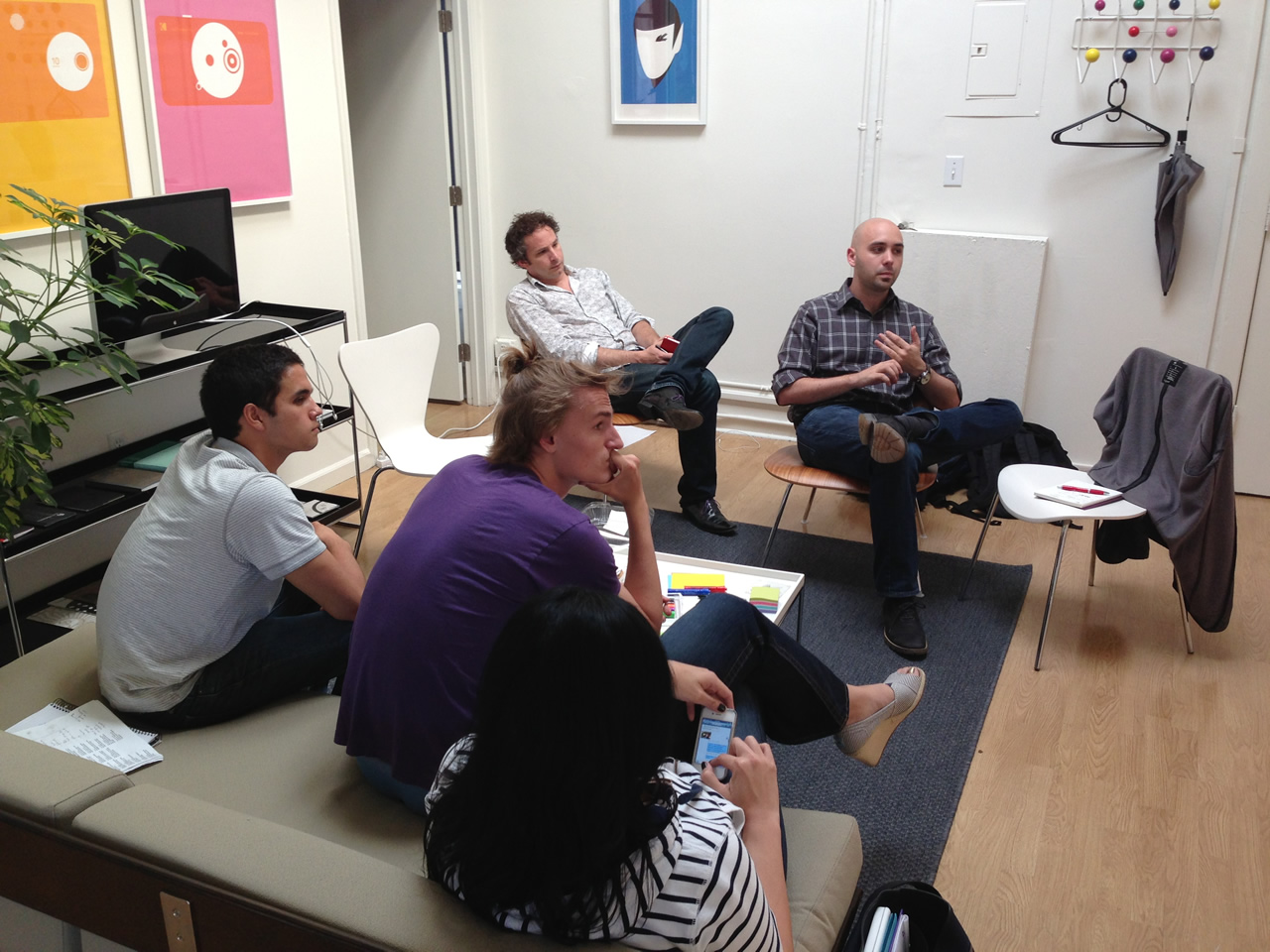
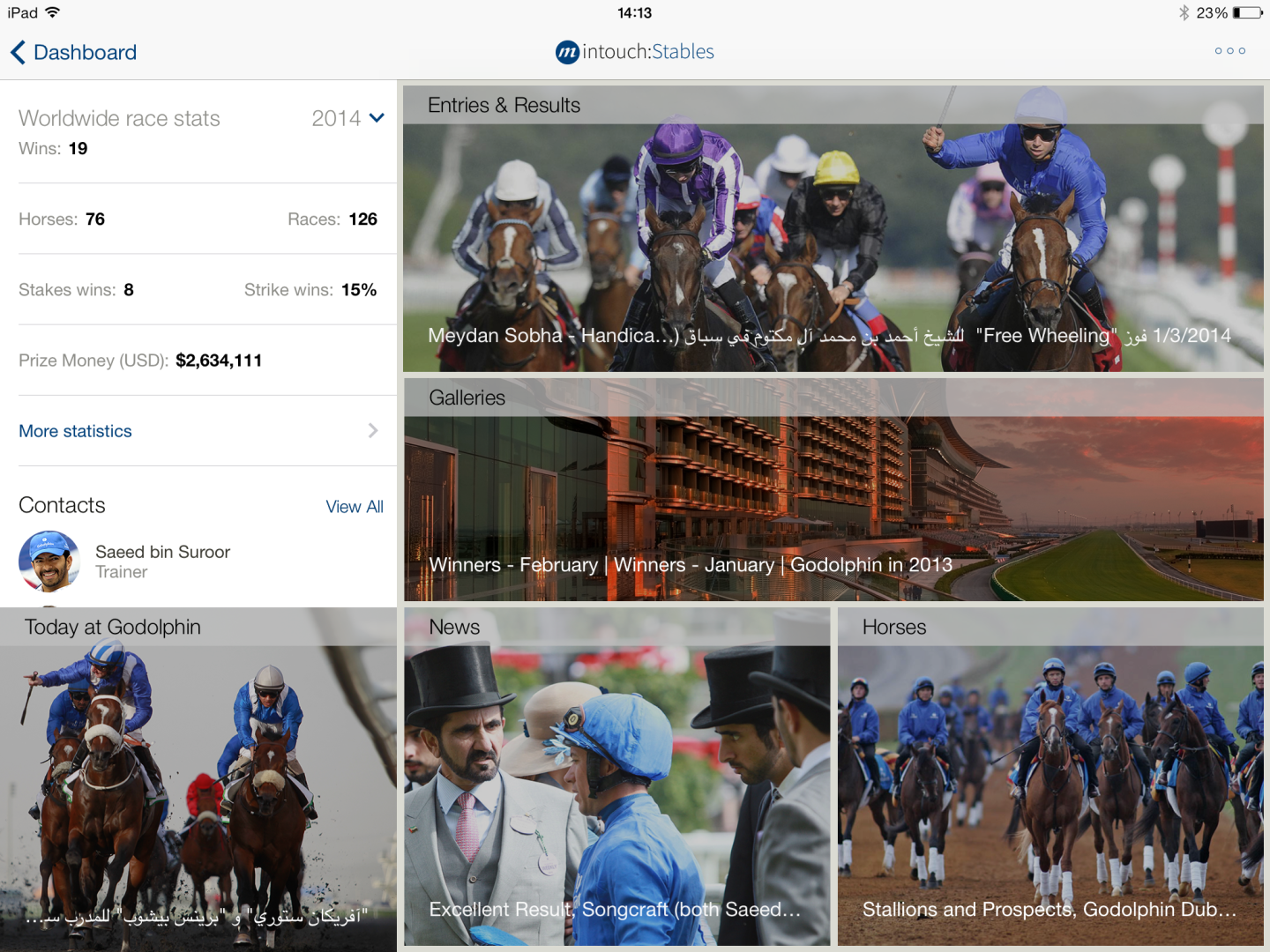
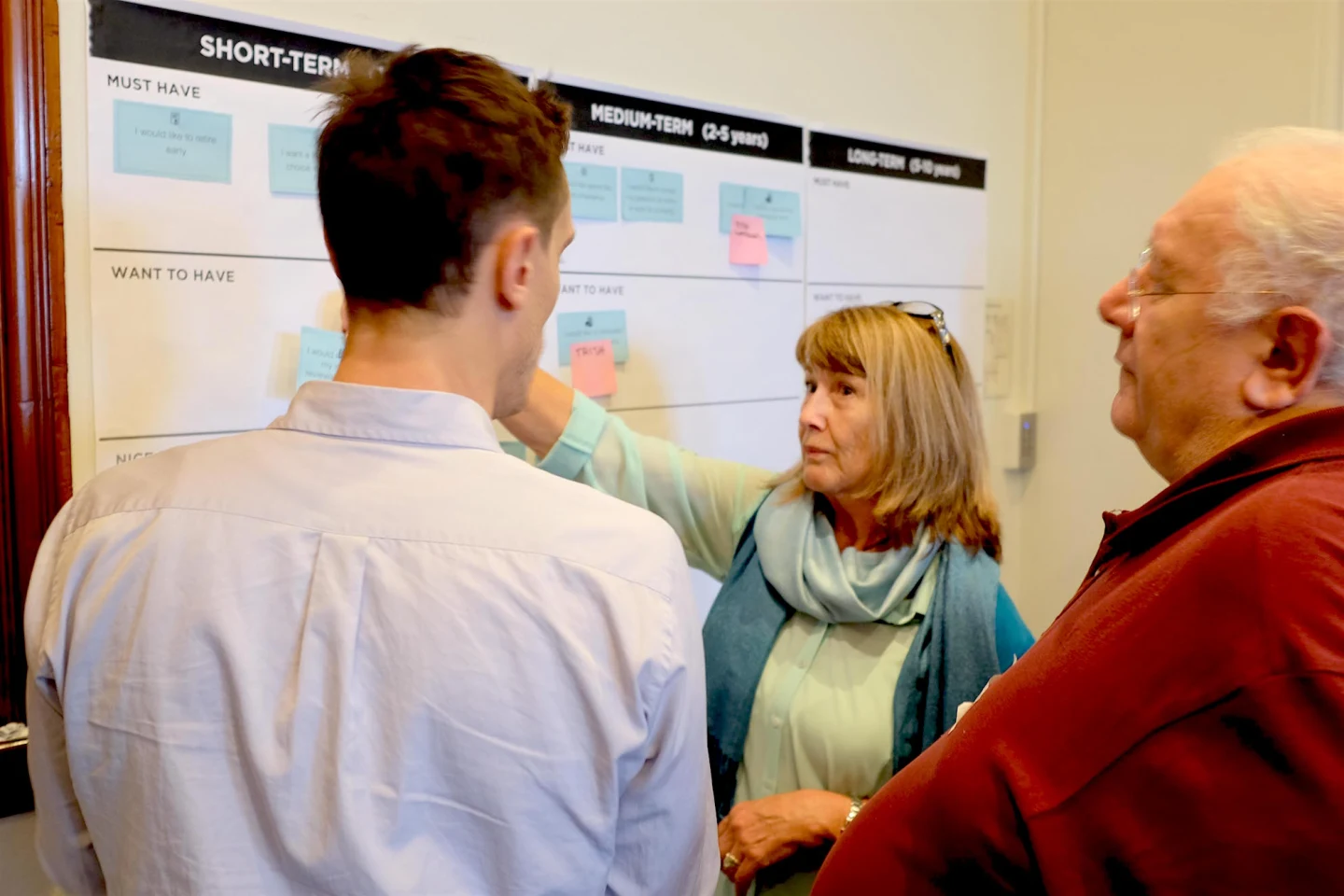

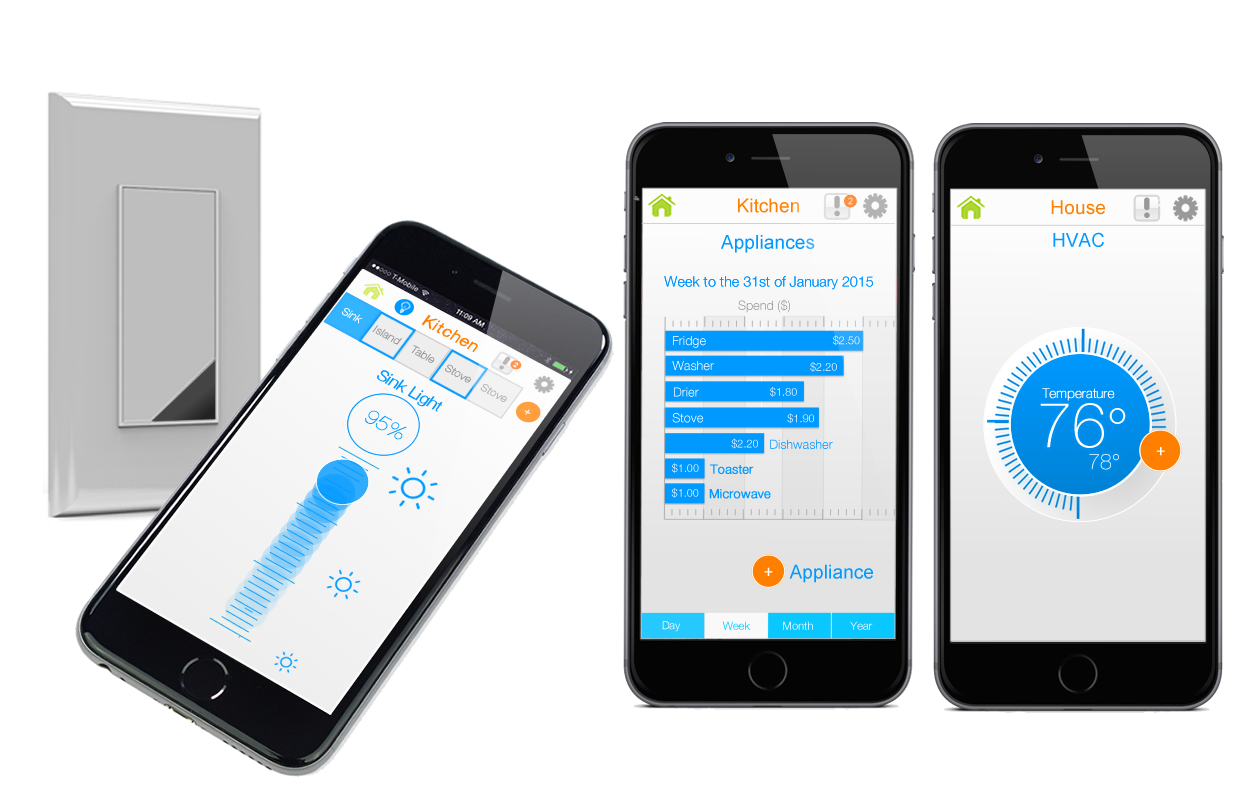


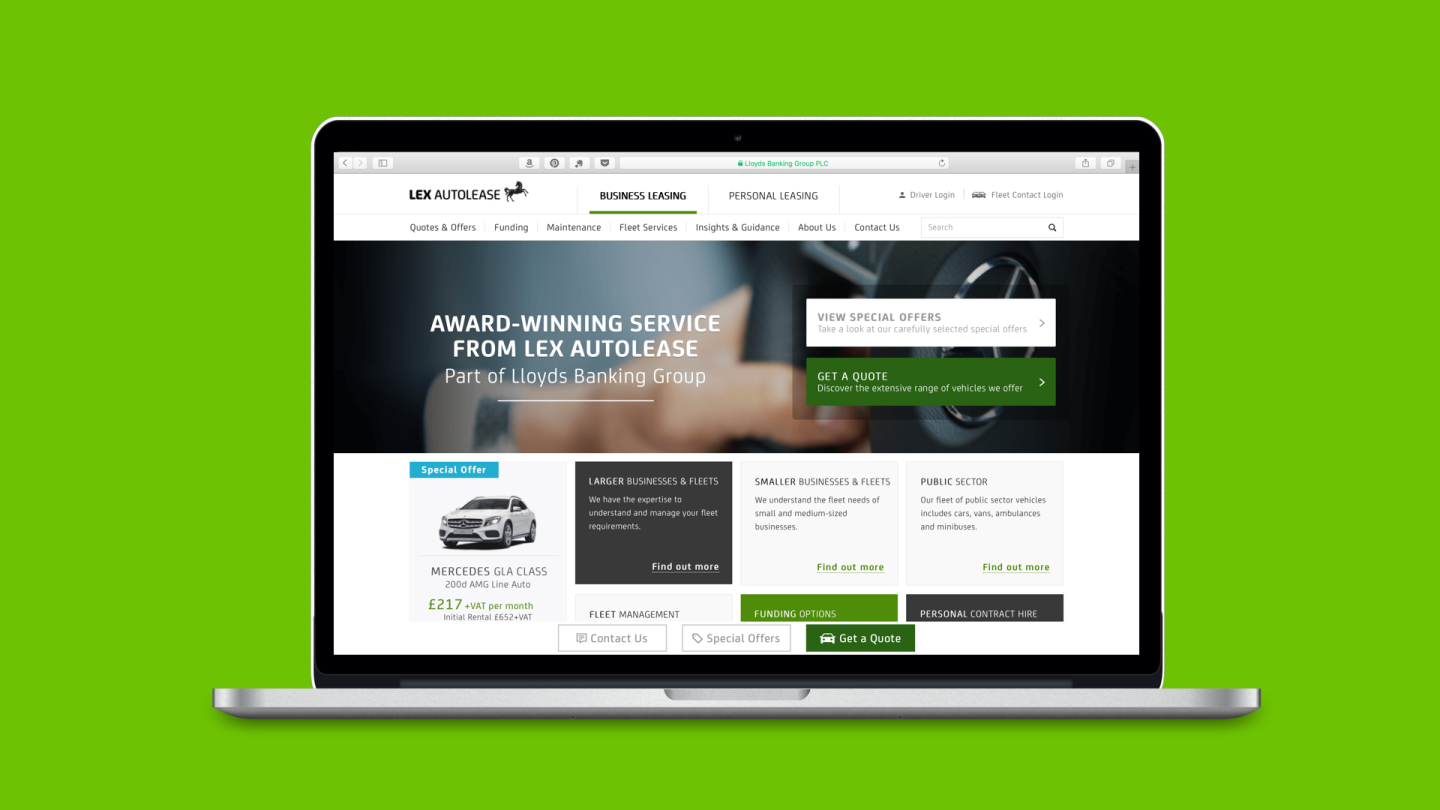
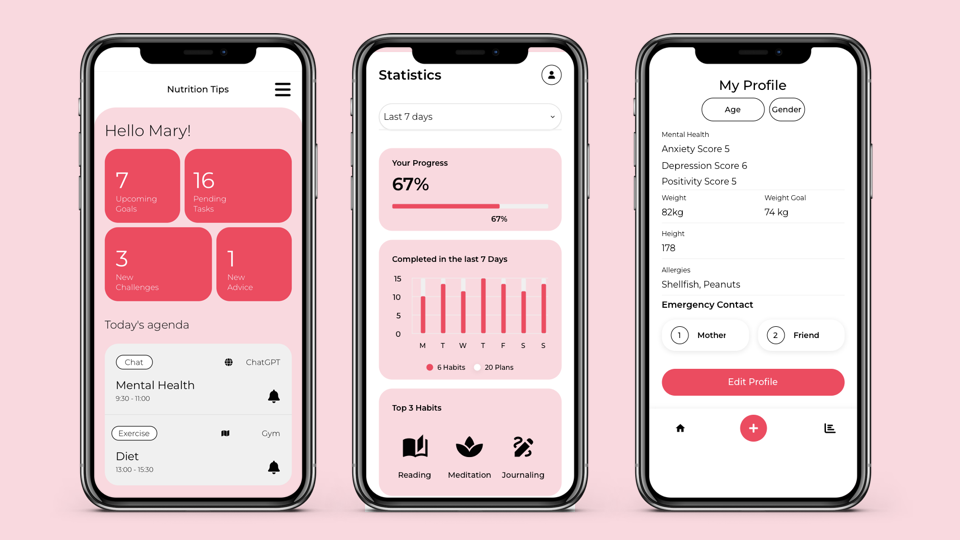
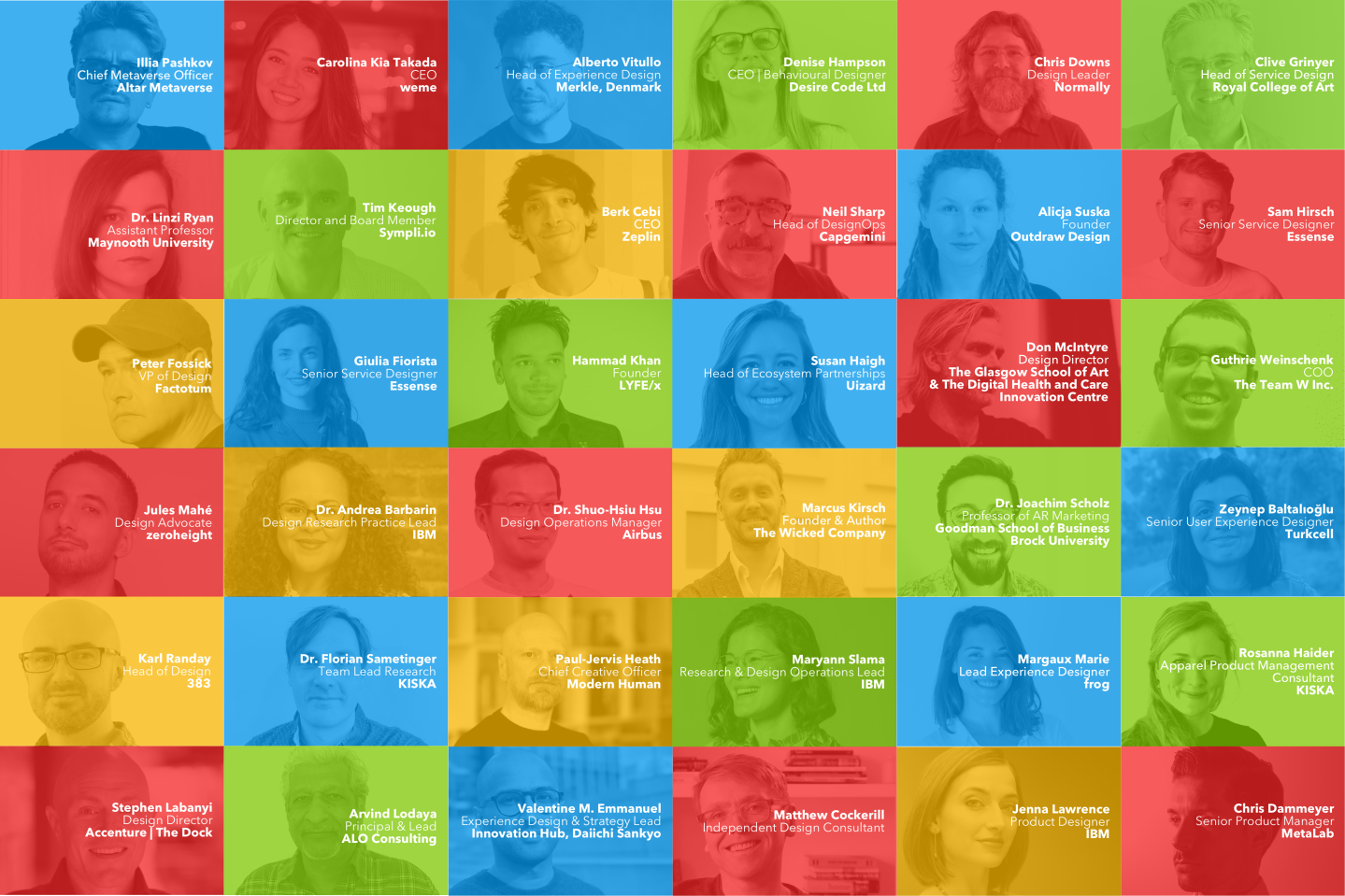
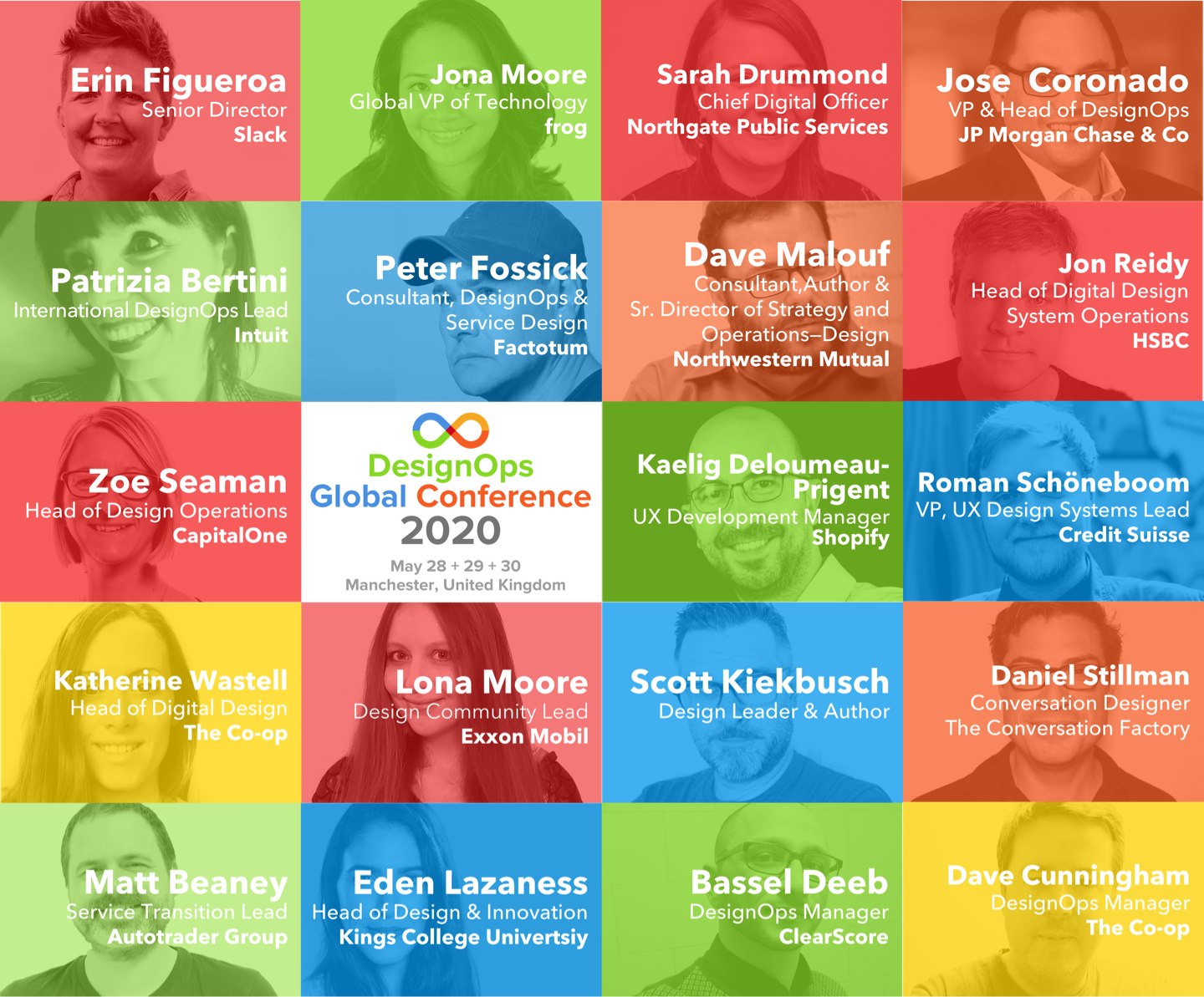
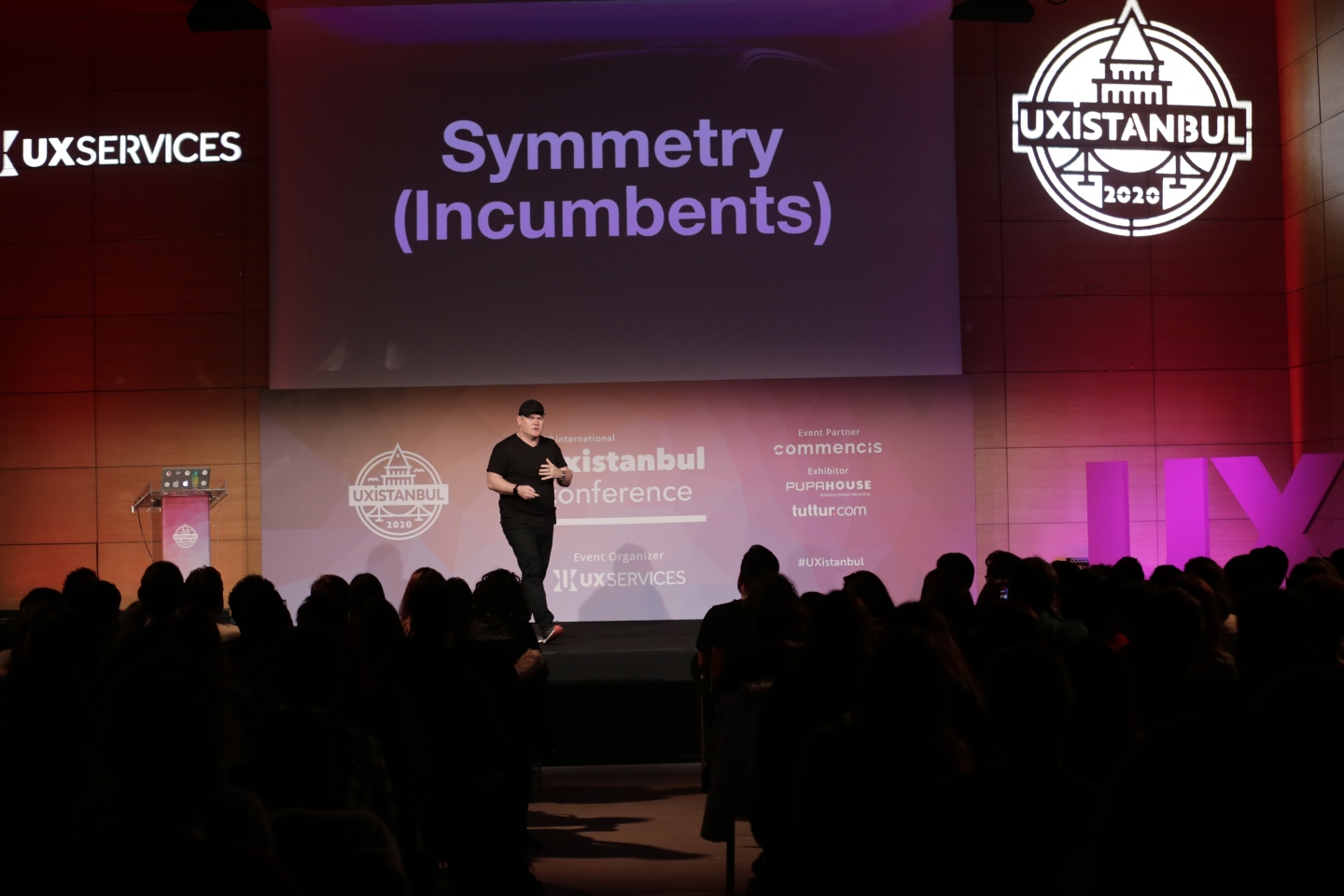
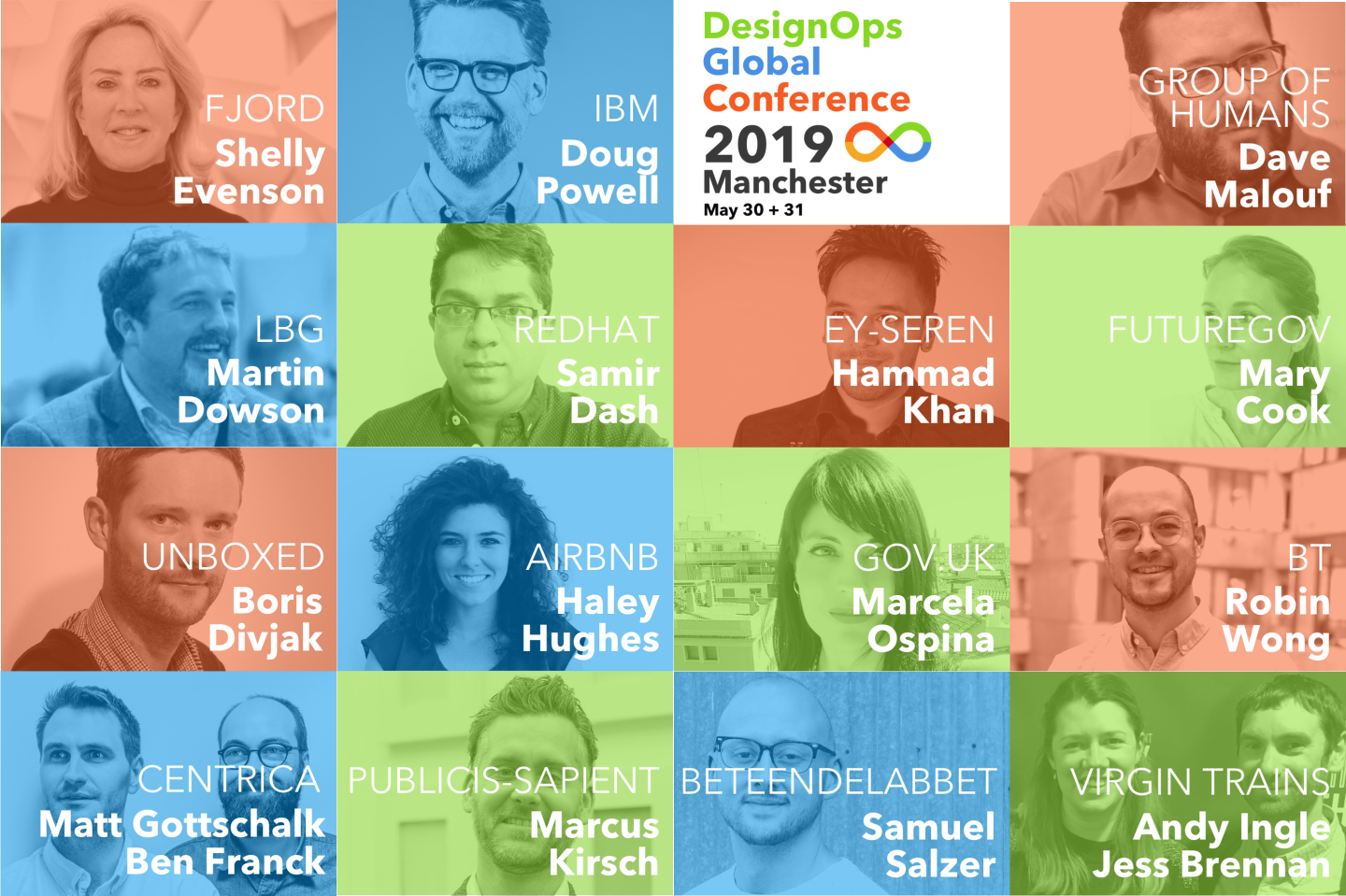
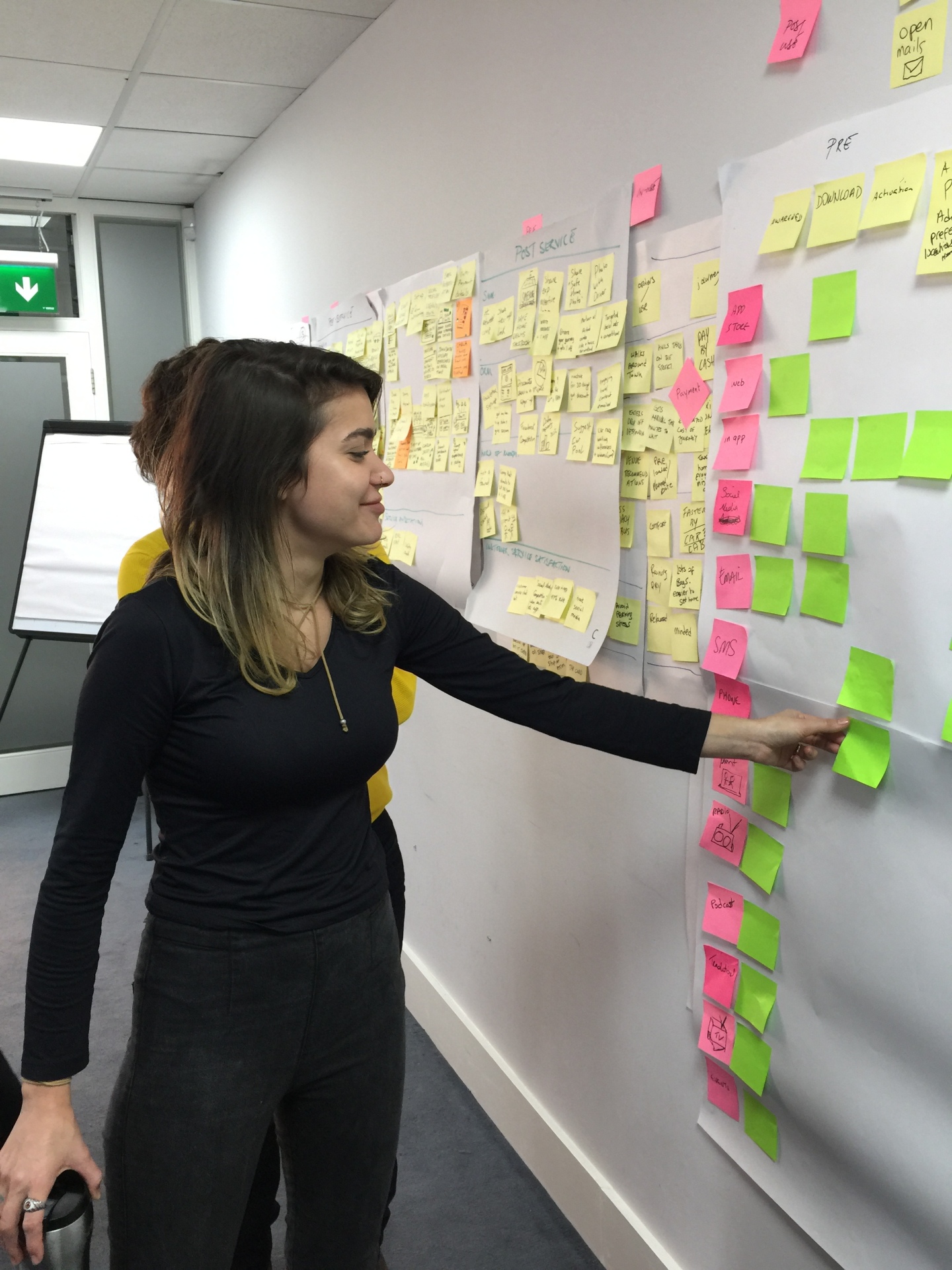
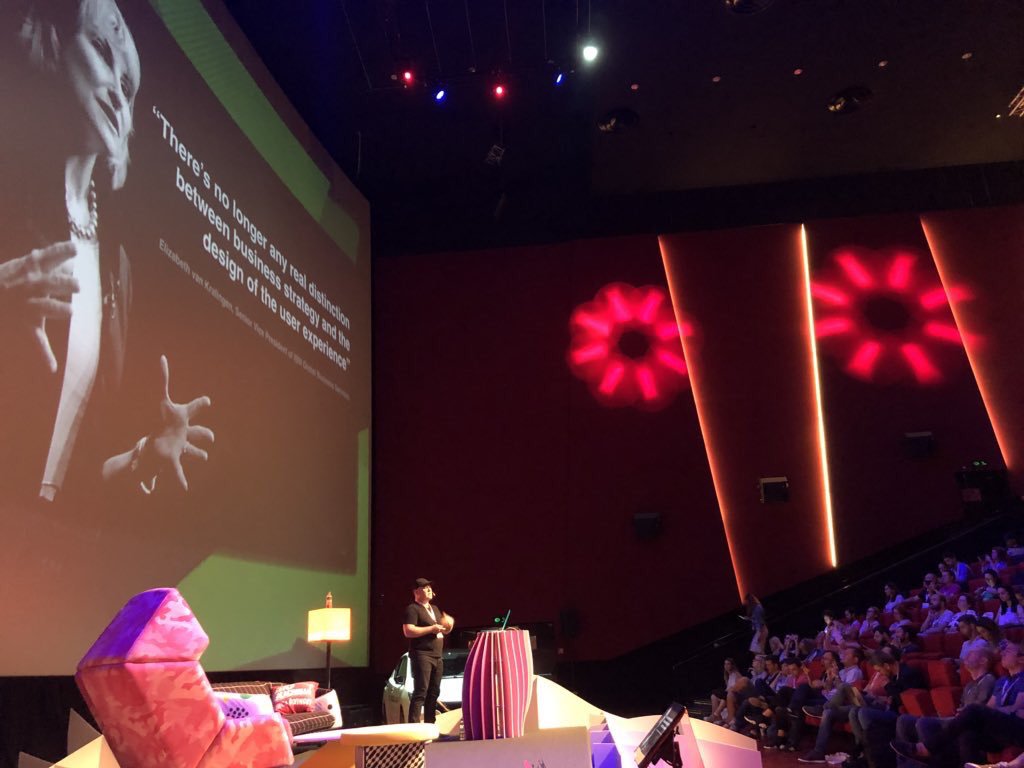
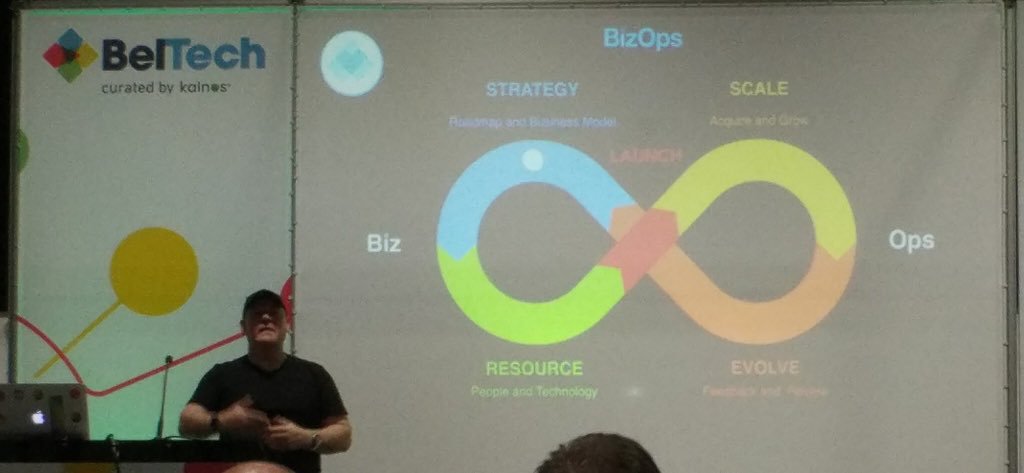
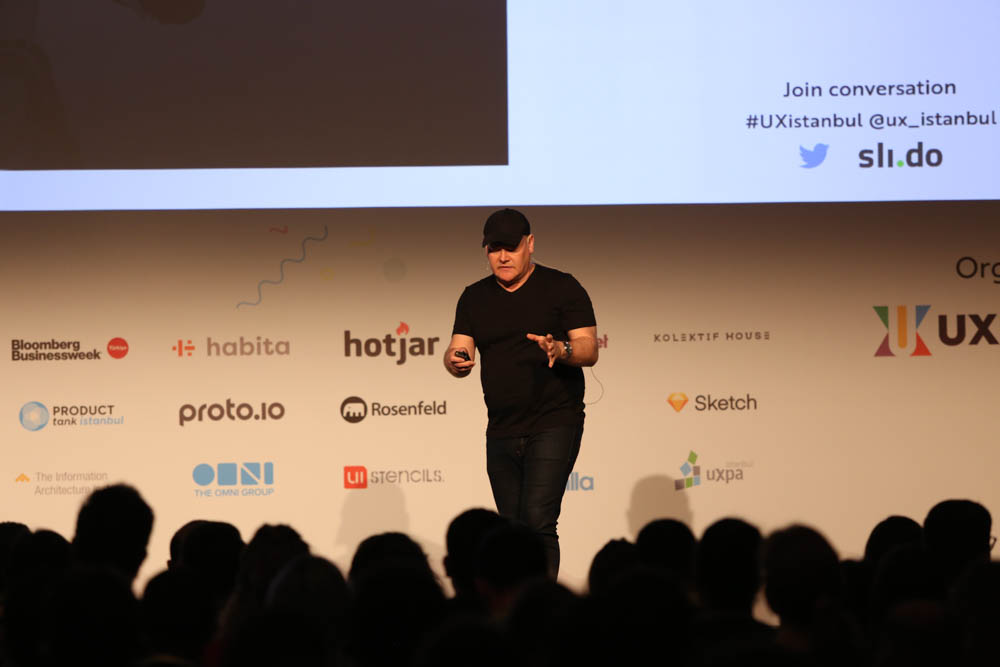
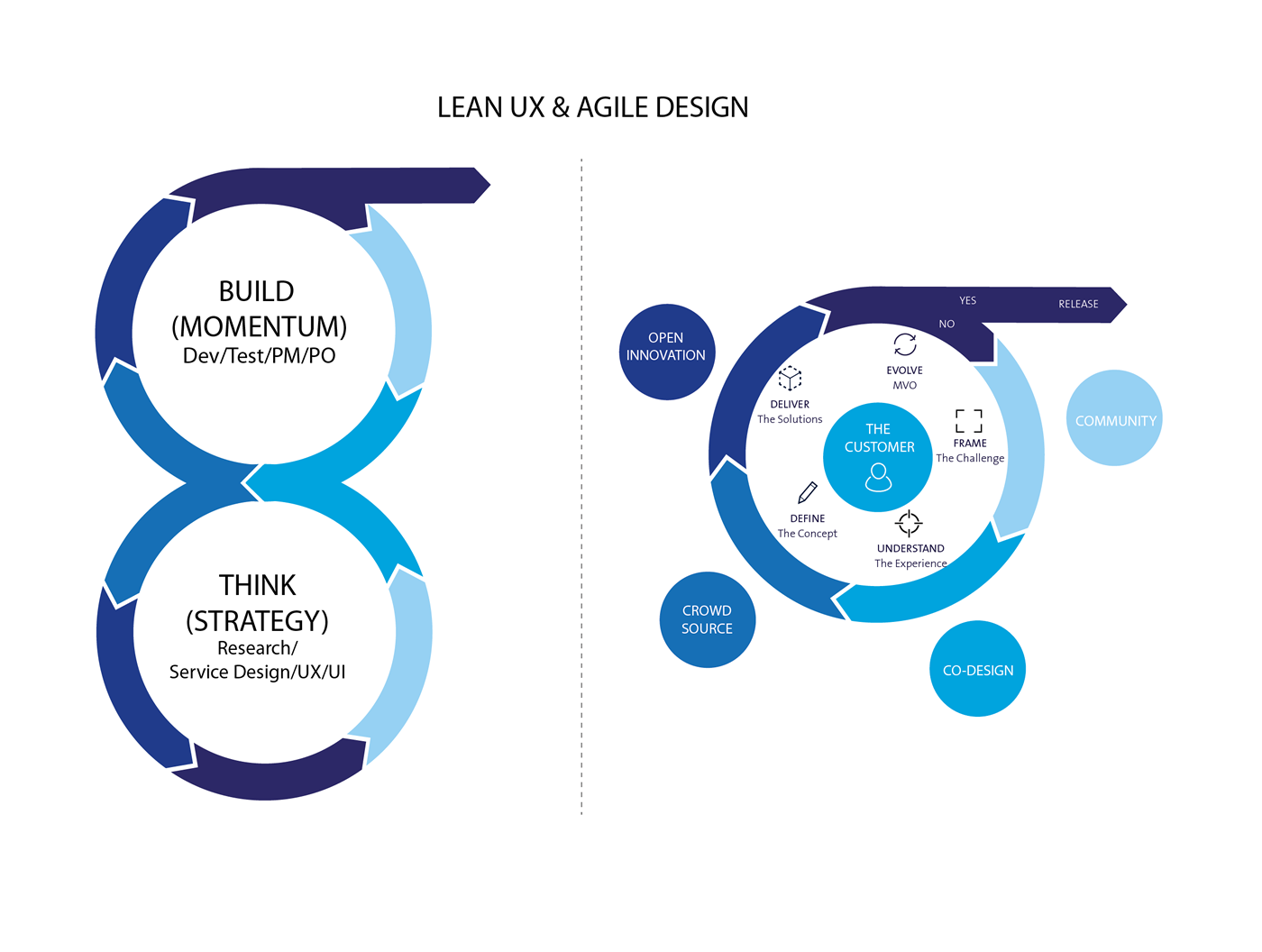
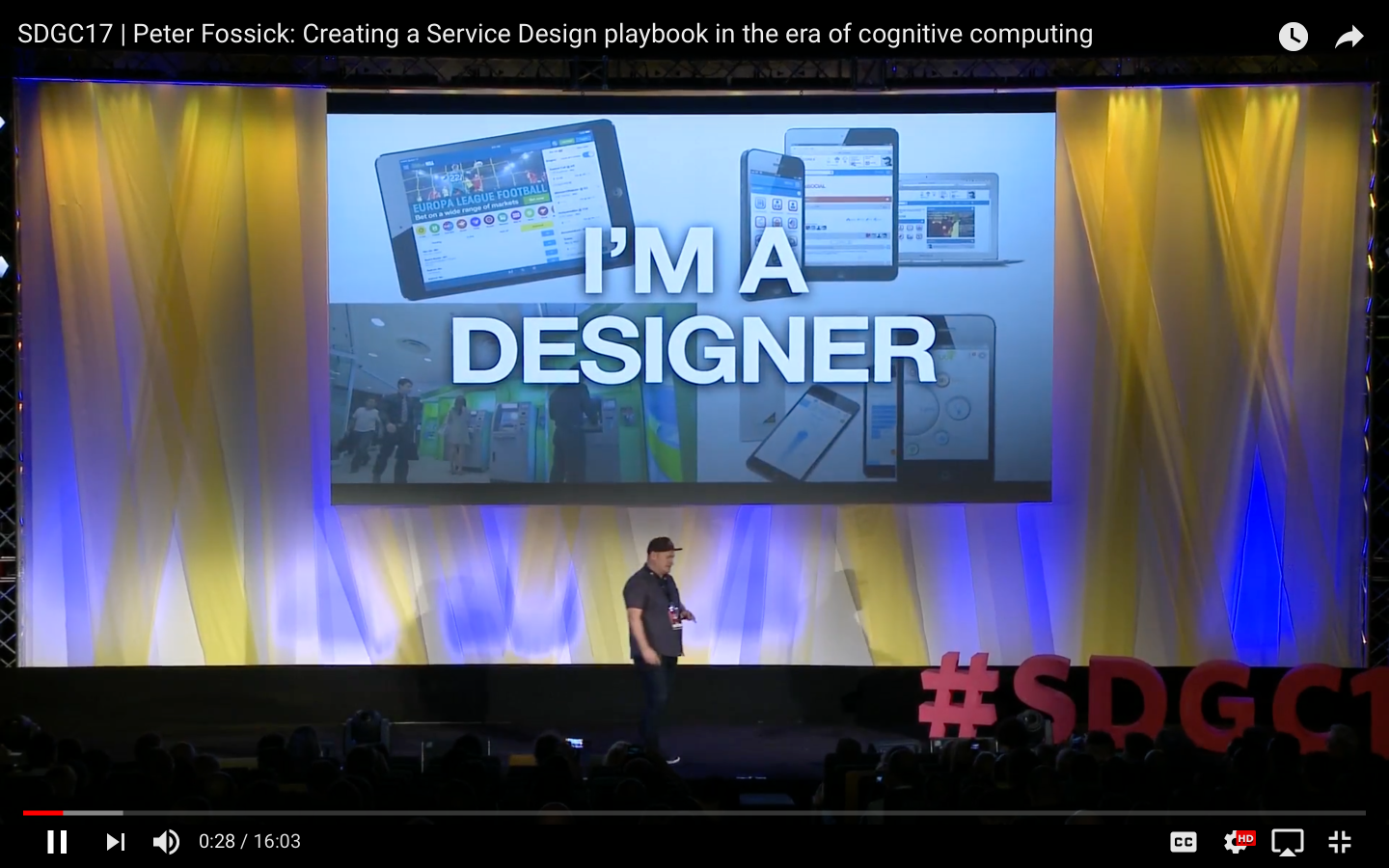
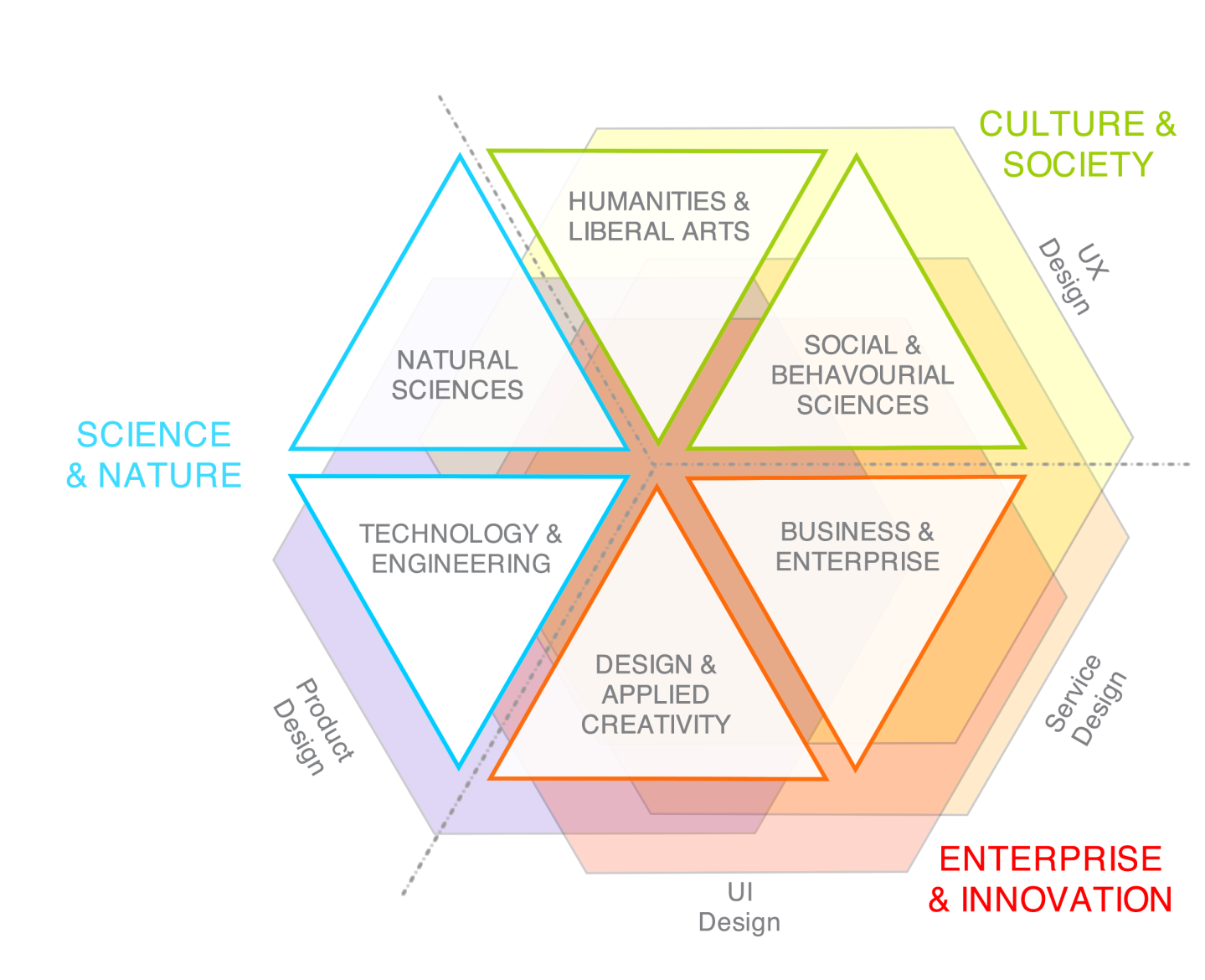
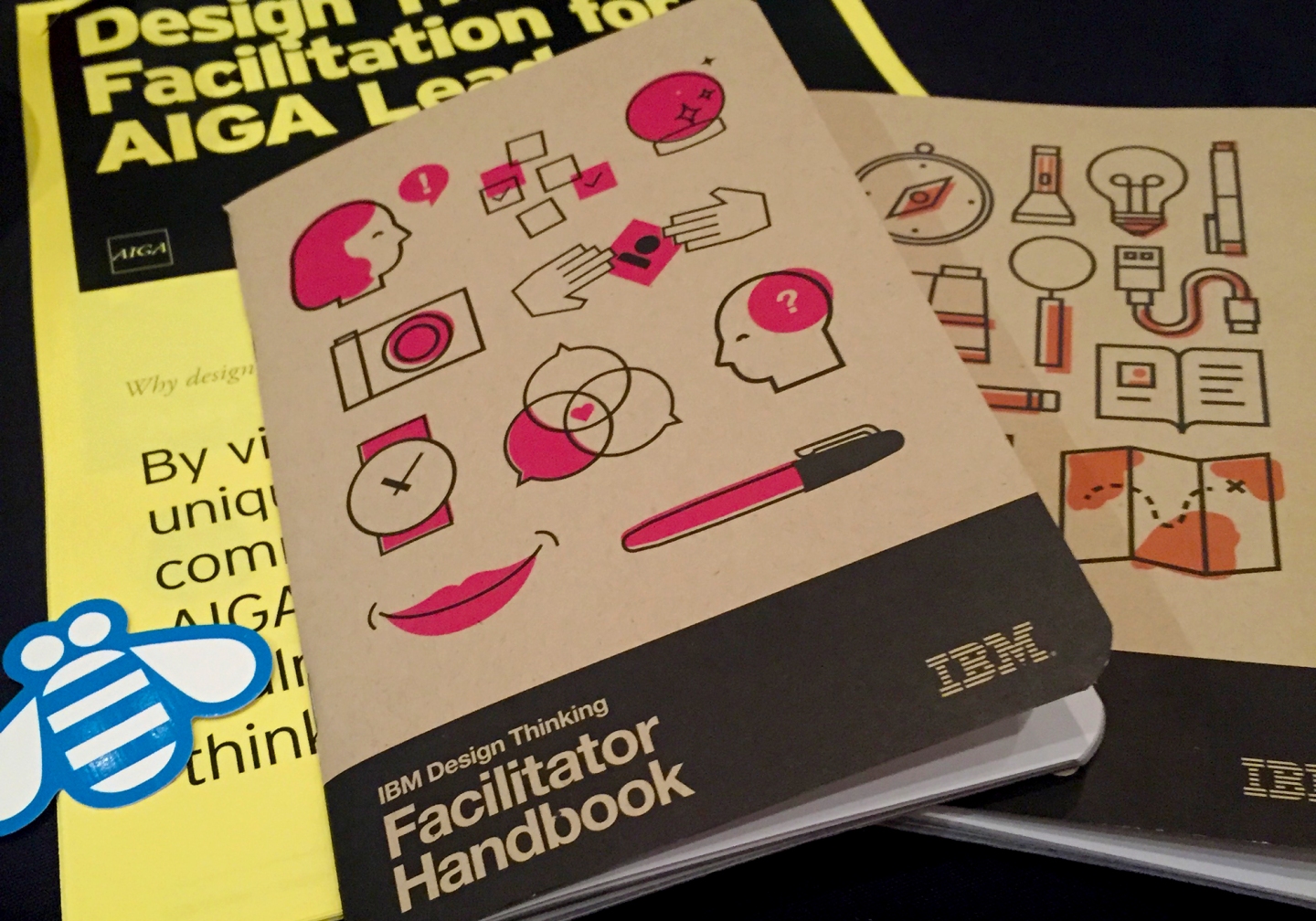
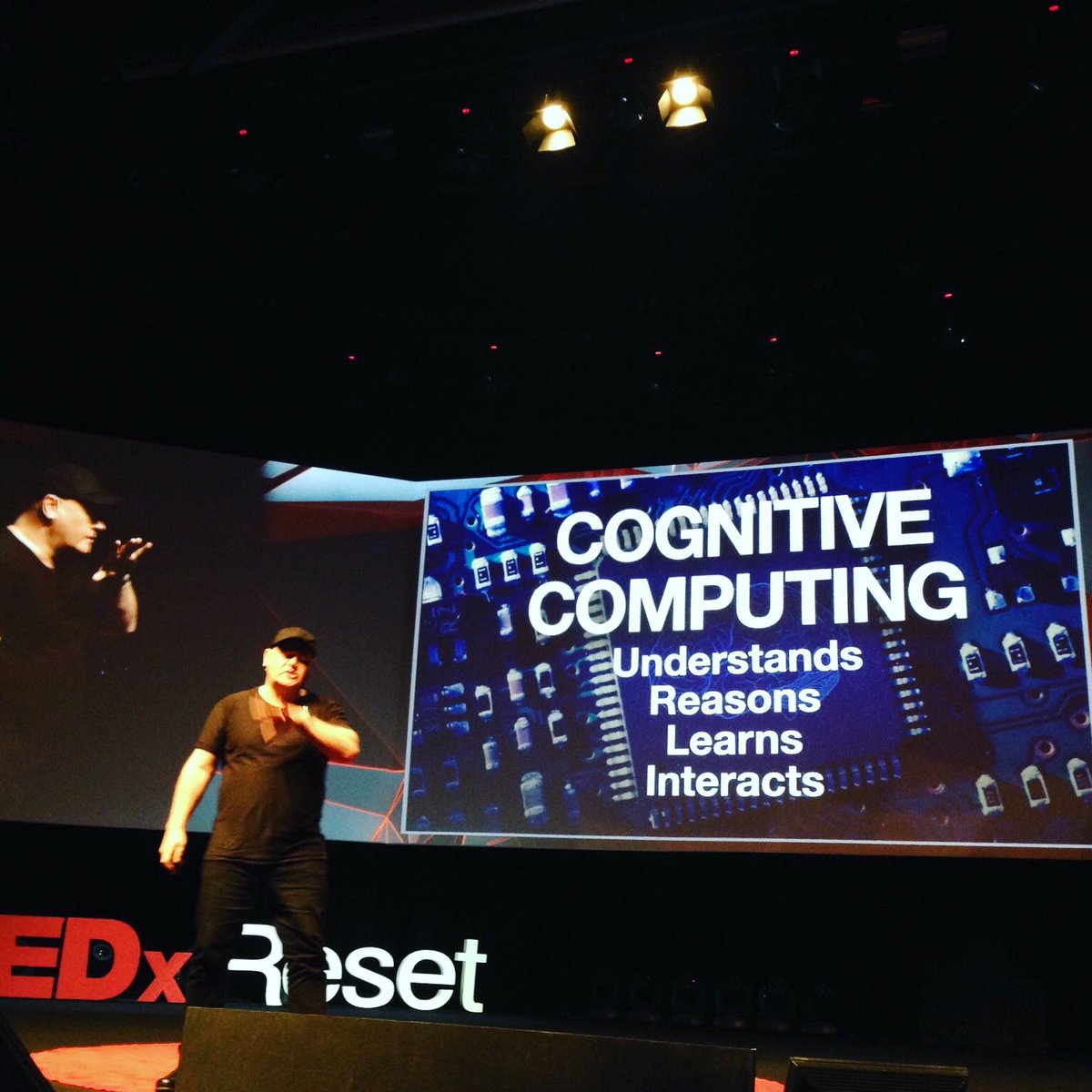
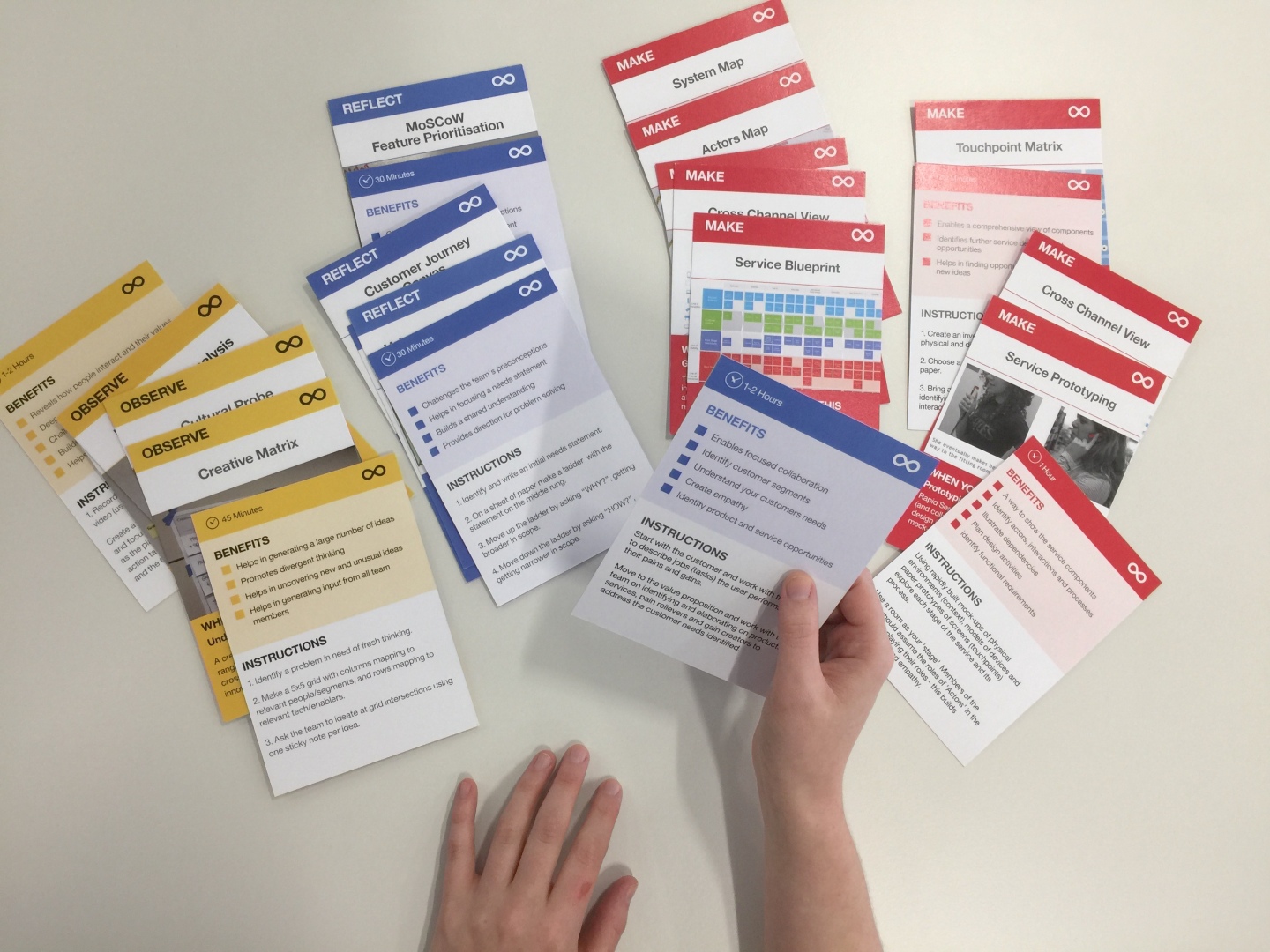
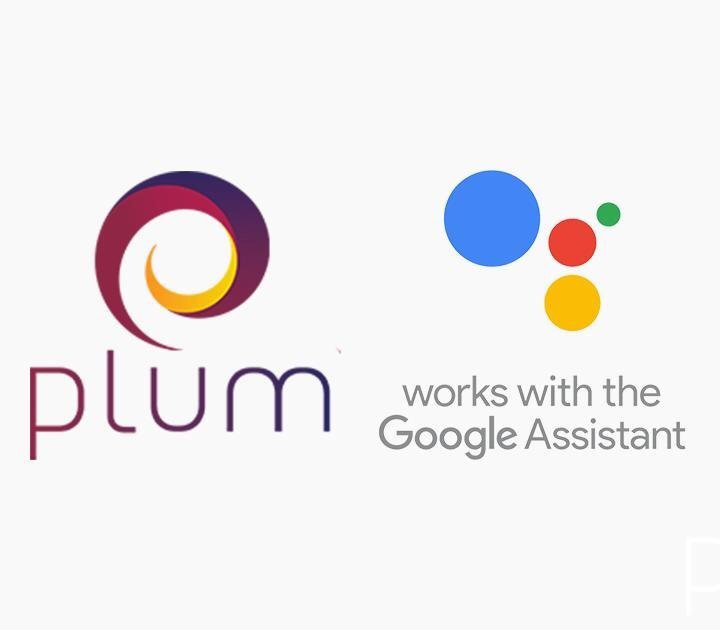
You must be logged in to post a comment.